Signs of spring are becoming more frequent, except for our weather. These signs include plants sprouting new leaves; beachgrass leaves have sprouted in a few locations and I am harvesting chives from a deck planter. Will forsythia be blooming soon? But this is a birding column, so . . . . Our summer residents are arriving with increasing frequency.
On March 24 I visited the big bridge to see if any double-crested cormorants had arrived. One adult standing within the colony with its newly grown black feathers appearing somewhat shiny in the afternoon sun (yes, that is what that yellow thing is)! While we have a few double-crests through the winter, they tend to be juveniles with a white chest and they hang out in the coves of our south shore great ponds. Only one individual was there, but many more have probably arrived by the time you read this.
Piping plovers have returned, as Luanne Johnson and Nancy Weaver observed the first pair at Little Beach on March 24.
Allan Keith reports spotting a great egret in an odd location, standing by the side the road in Chilmark, ignoring the vehicles zooming by. It was in full breeding attire, complete with its fancy plumes. By the side of the road. Apparently this bird had not read that it is supposed to wade in shallow water. Although we had a sighting of this large white wading bird on Feb. 19, but that was really early and this sighting is closer to their expected arrival time.
Bird Sightings
On March 27 Jeff Bernier spotted two hooded mergansers tucked into the reeds of a small pond in West Tisbury.
Michael Ditchfield heard a “kik-kik-kik” call several times from the woods near his house on March 27. Turns out it was a pair of Cooper’s hawks calling back and forth. He then found what may be their nest — it is still early for them to be nesting — high up in a pine tree. We know they nest here, but this is a nice find, as we do not usually find their nest.
John Nelson spotted six ring-necked ducks in Squibnocket Pond and 14 harlequin ducks in the nearby ocean on March 25. Kira Shepherd also spotted a pair of ring-necked ducks on a small pond near Ripley’s Field on March 22.
The Gay Head Cliffs were productive on March 20 because wind conditions were unusual — it was calm! Viewing the birds out on the ocean was much simpler as they were not constantly being hidden between large waves. Allan Keith found the usual common and red-throated loons, long-tailed ducks, red-breasted mergansers, and common goldeneyes, but the most interesting was at least 50 razorbills about a quarter of a mile offshore. These razorbills were still there on March 24, another calm day, but they will soon be leaving for their northern breeding grounds.
Another “sighting” of a barred owl comes from Kathy and Kenny Ivory in Dodger’s Hole. They have not seen it yet, but last week they heard it calling fairly close to their house. This is the first time this newcomer to the Vineyard has been recorded other than various locations between Planting Field Way to Morning Glory Farm in Edgartown. A question then becomes, how many barred owls are there between these locales?
Lanny McDowell has many ways to look for birds. On March 25 he returned home from a trip to Katama and looked closely at his photographs of the snow geese at the Katama Airpark. He discovered a meadowlark (no longer a common species here) in the picture. Without the photo, this species would have been missed.
Richard Price reports that on March 20 he visited Felix Neck and found a flock of eastern bluebirds, an eastern towhee, two yellow-rumped warblers, and a pair of American oystercatchers.
Kenneth LaVigne has been keeping an eye on his feeder, where he has recorded the usual suspects: cardinals, song sparrows, red-bellied woodpeckers, and Carolina wrens. These species are not unusual, but it is important to keep looking at them, as now is the time when we may get early sightings of storm-driven migrants like orioles, buntings, grosbeaks, and tanagers. These species are currently migrating through central Mexico, but all it takes is a storm to sweep them out over the ocean and up the Atlantic Coast to us. So keep watching.
It is springtime, at least by the calendar, and our many winter residents are starting to depart. Spring migrants are showing up and the volume of bird song is increasing. Please report your sightings to birds@mvgazette.com.
Robert Culbert is an ecological consultant living in Vineyard Haven.

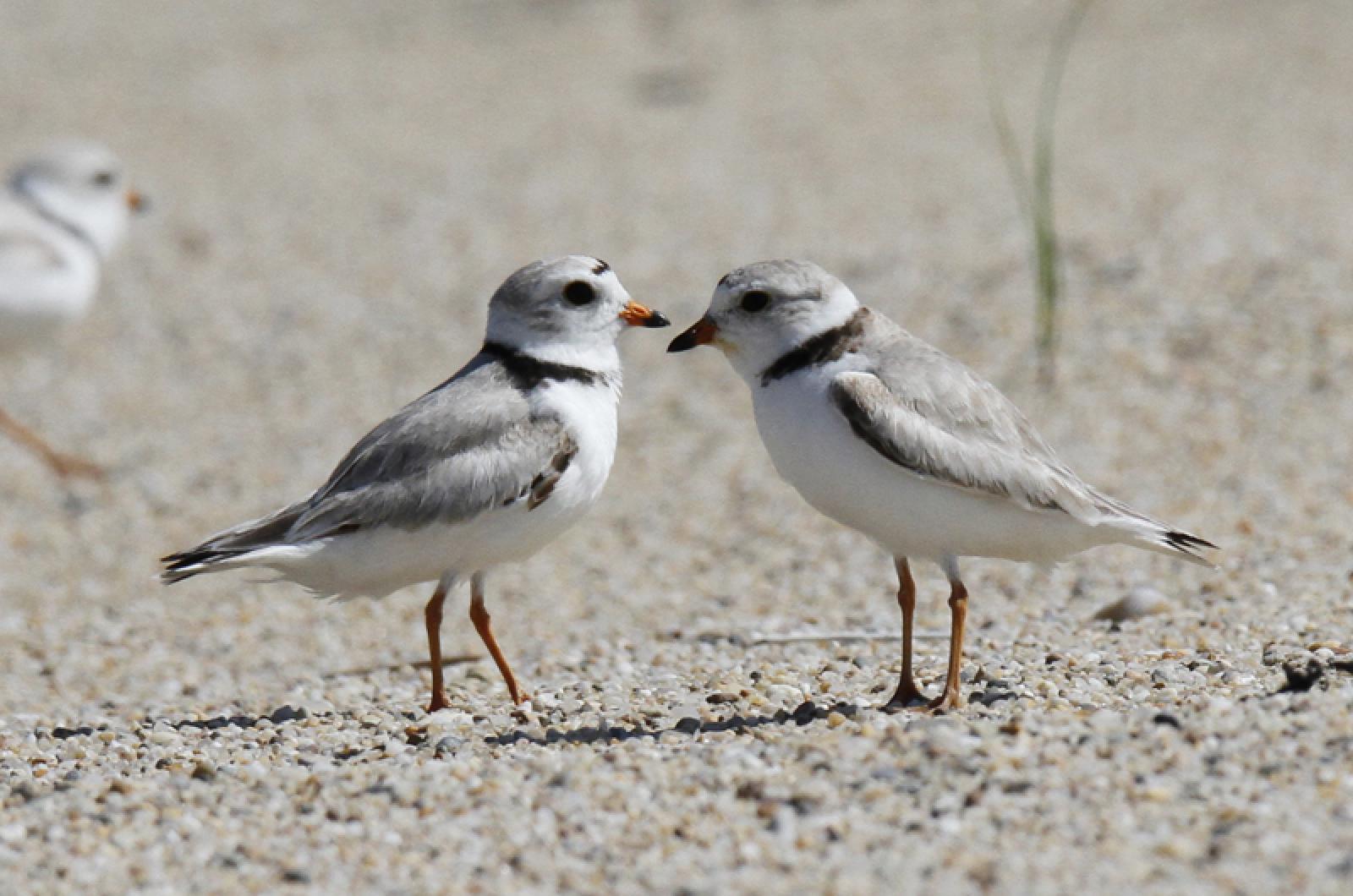
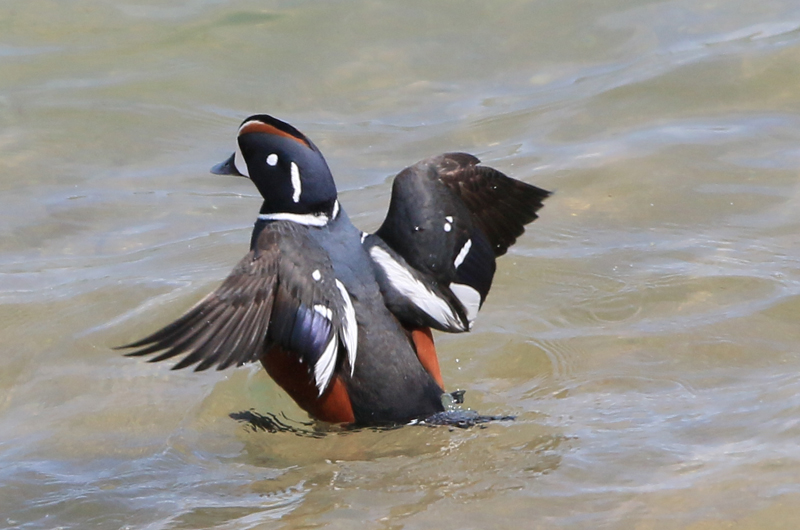
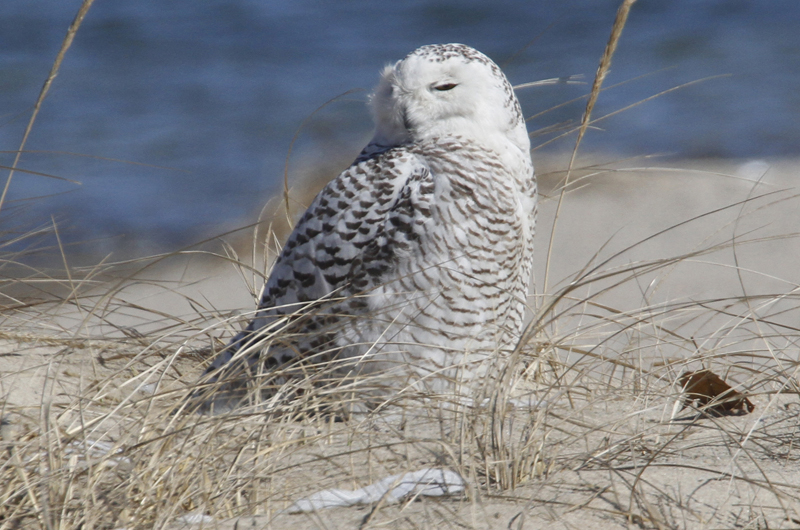
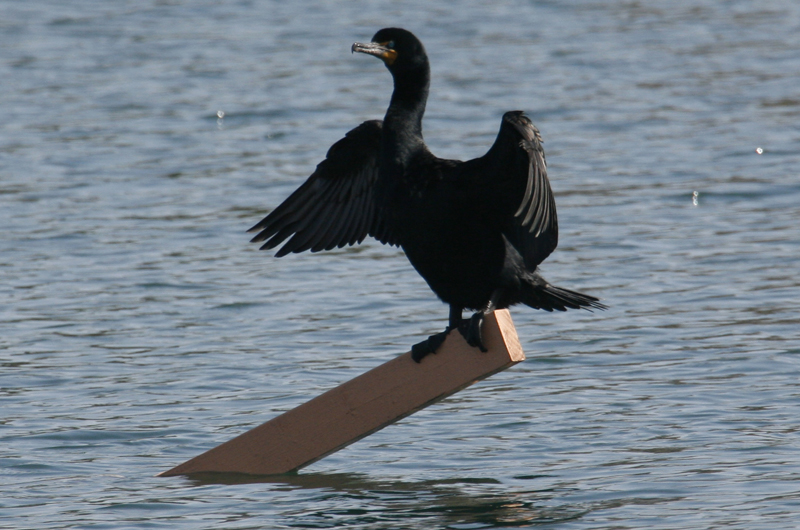
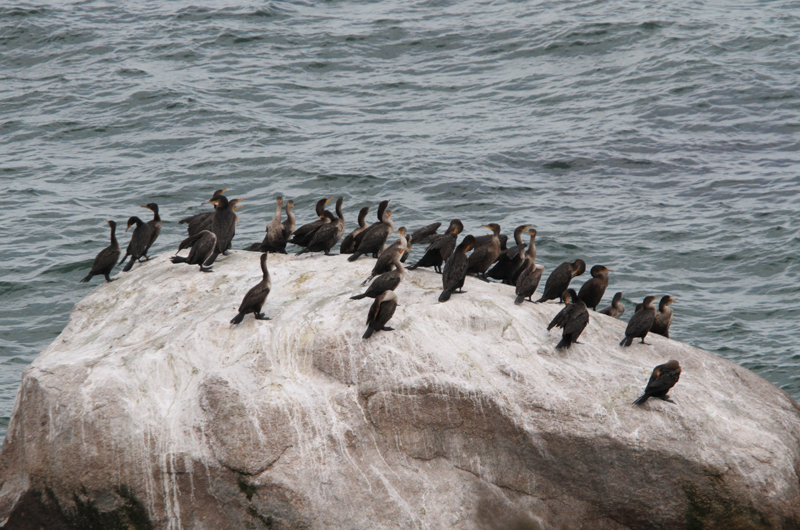


Comments
Comment policy »